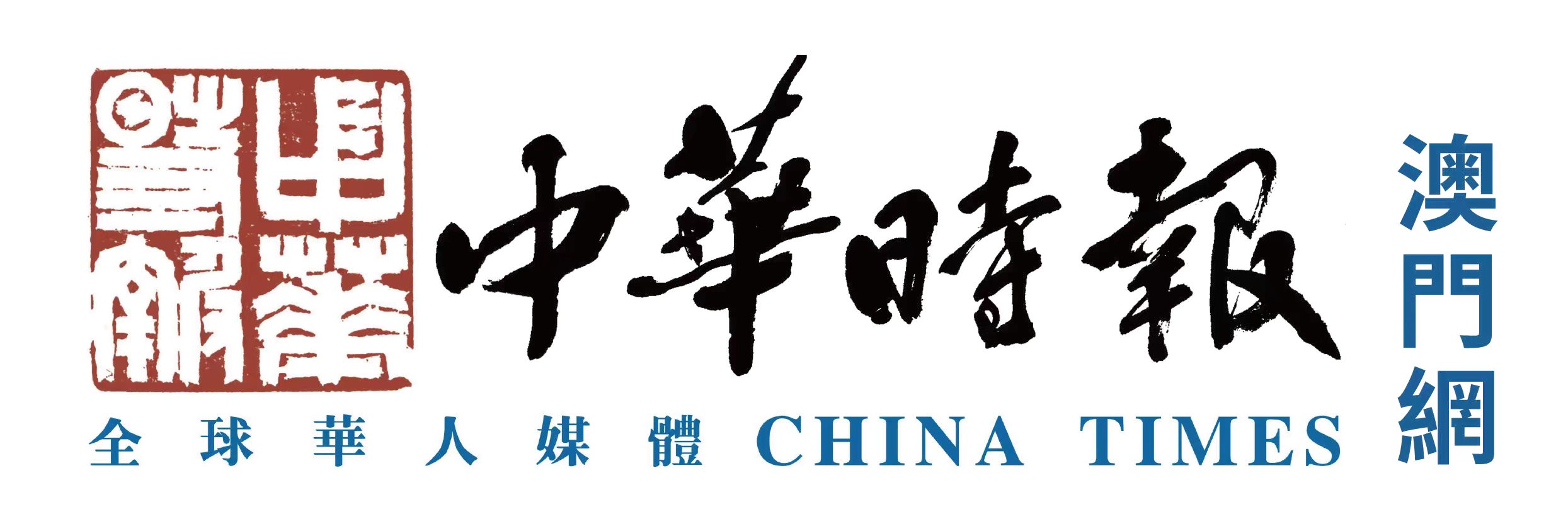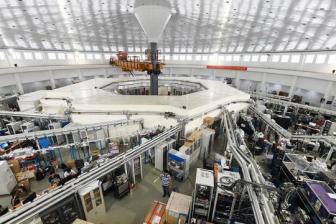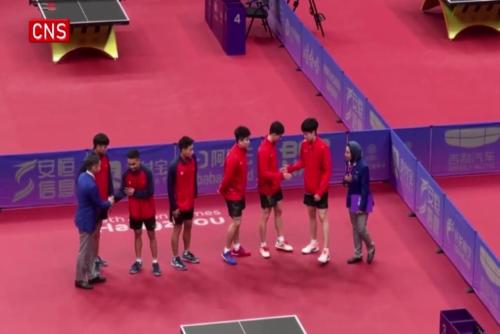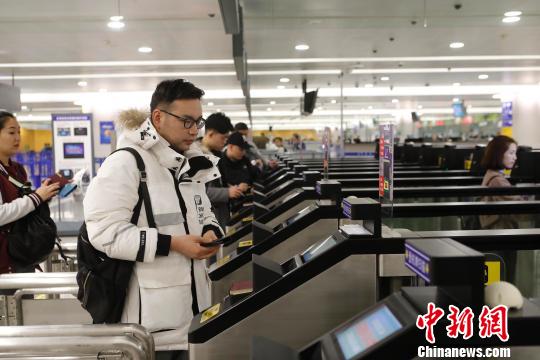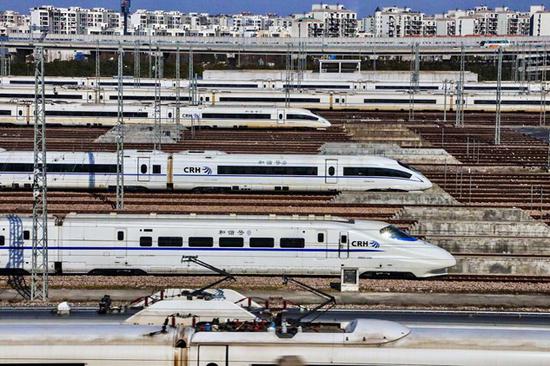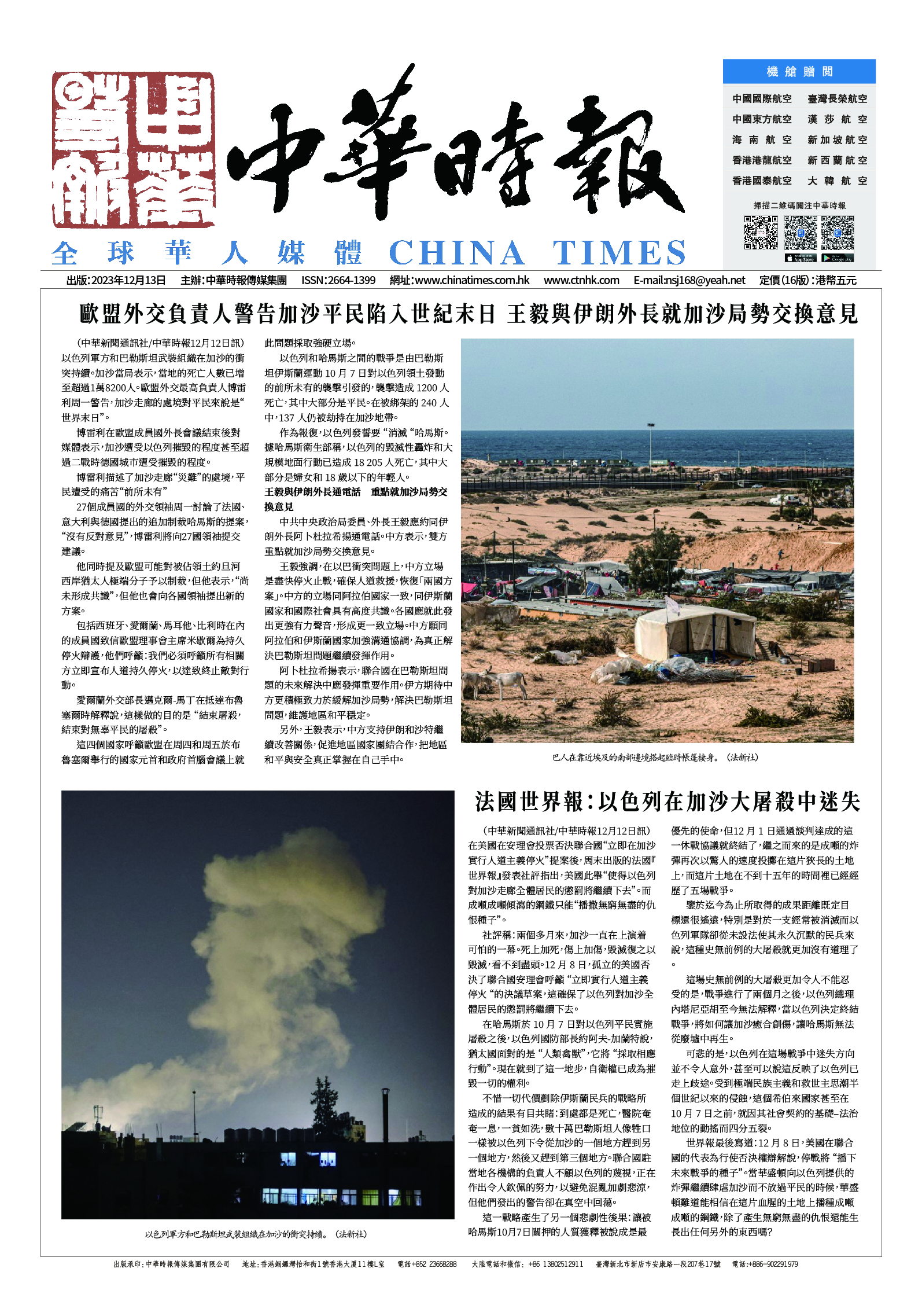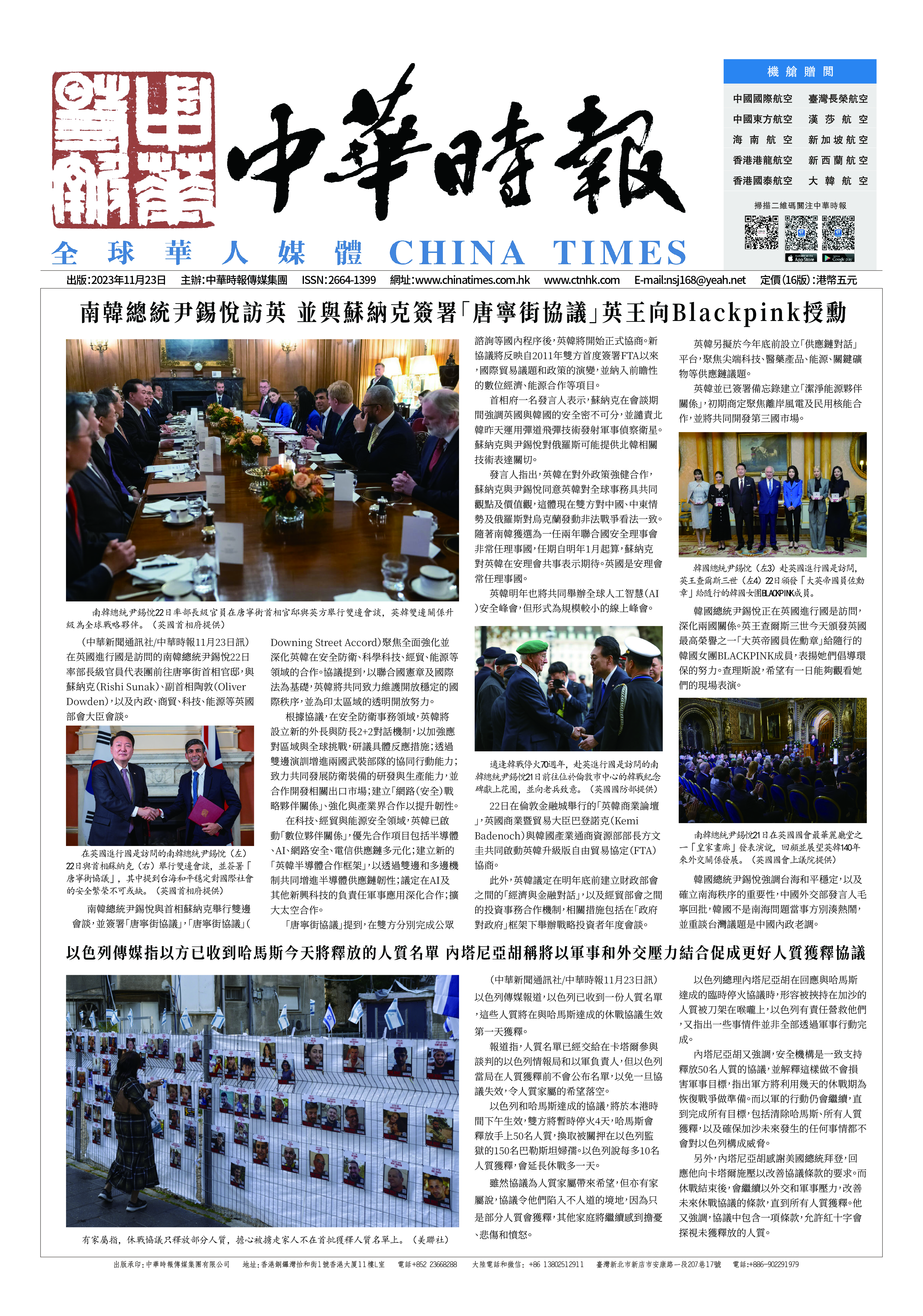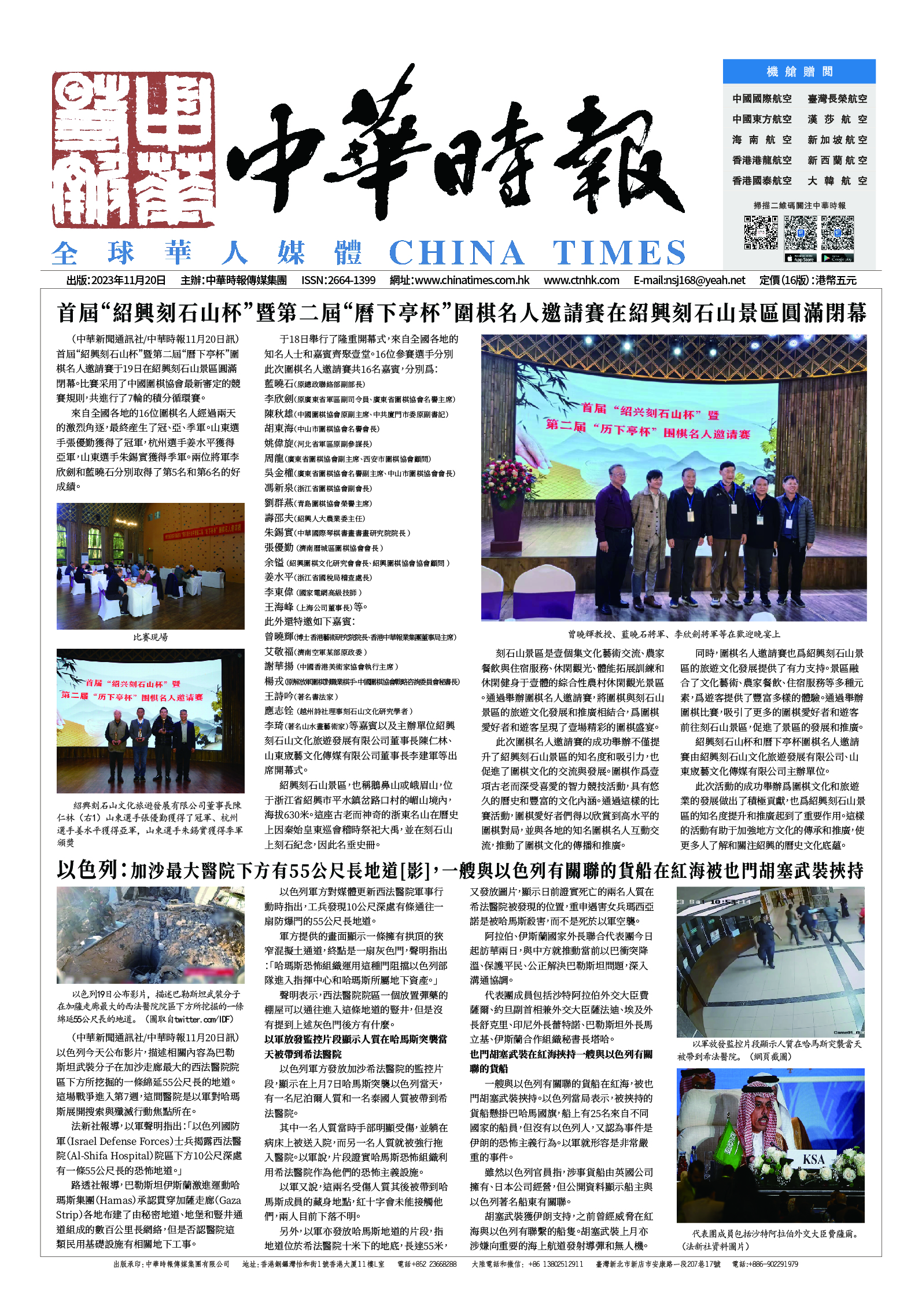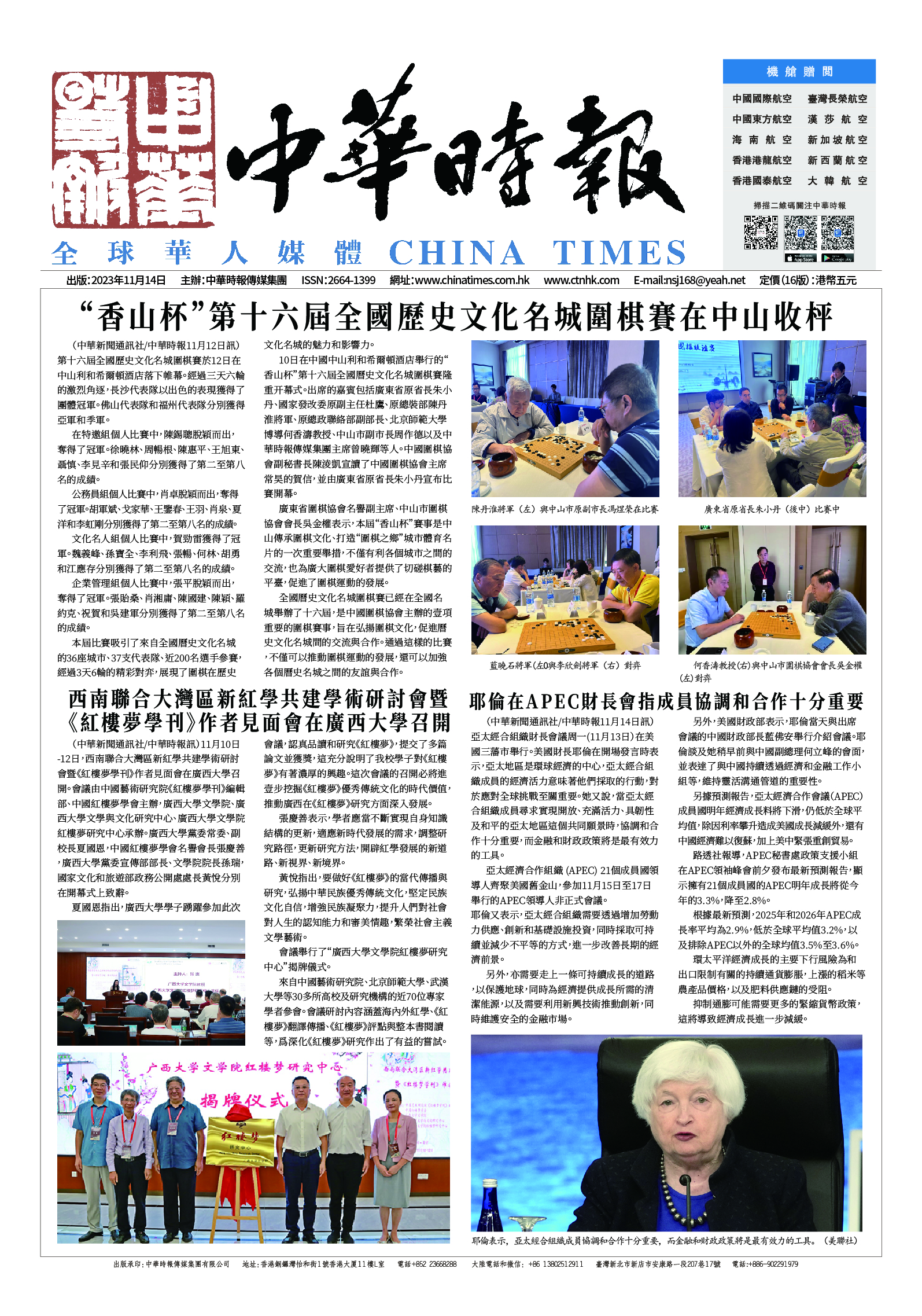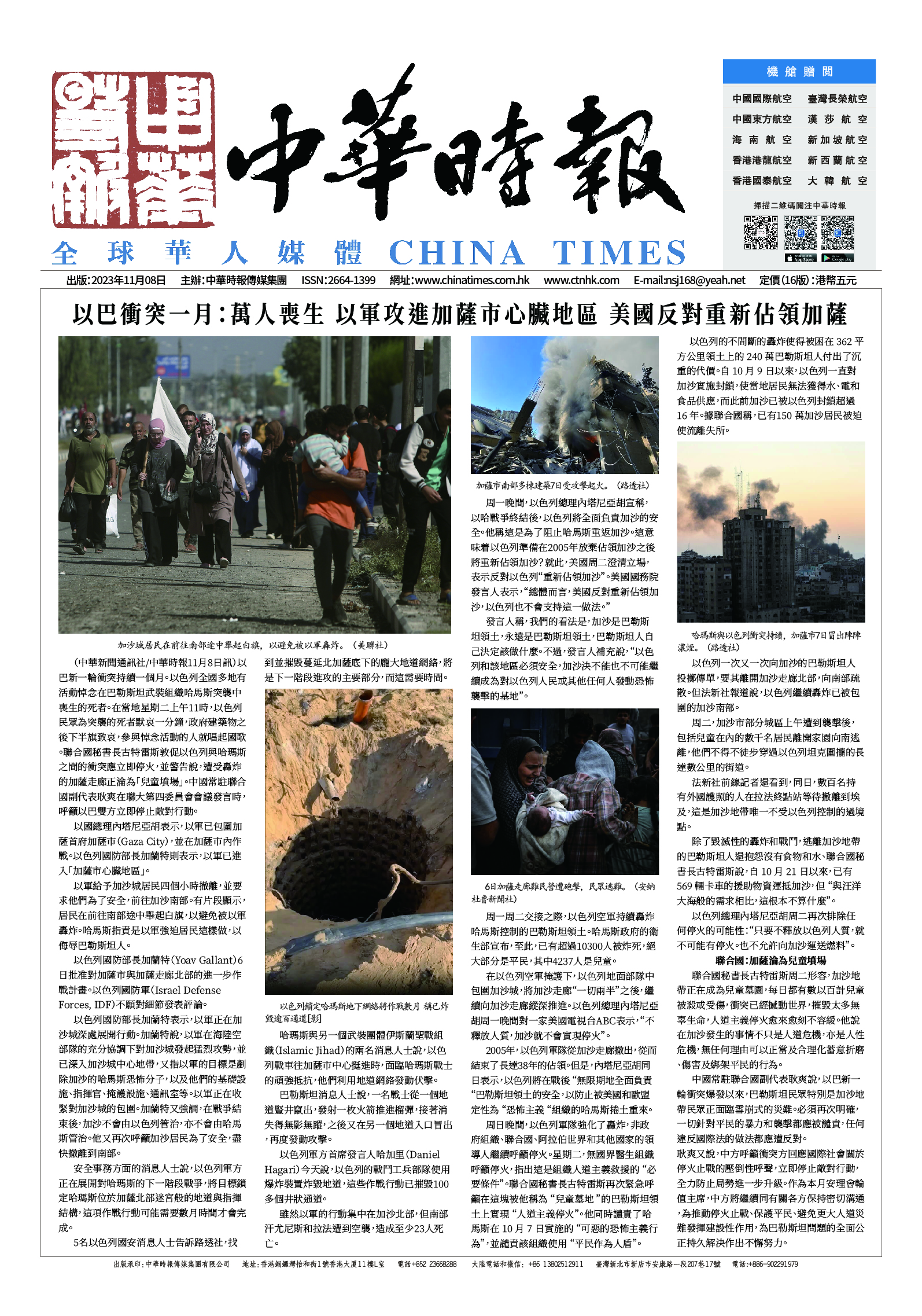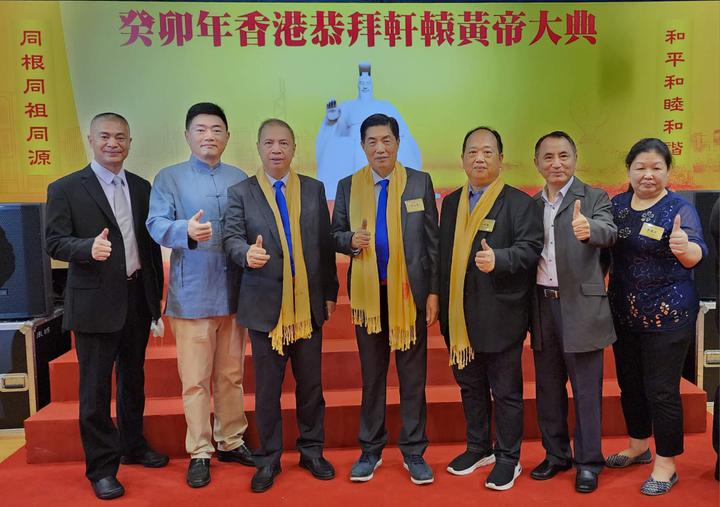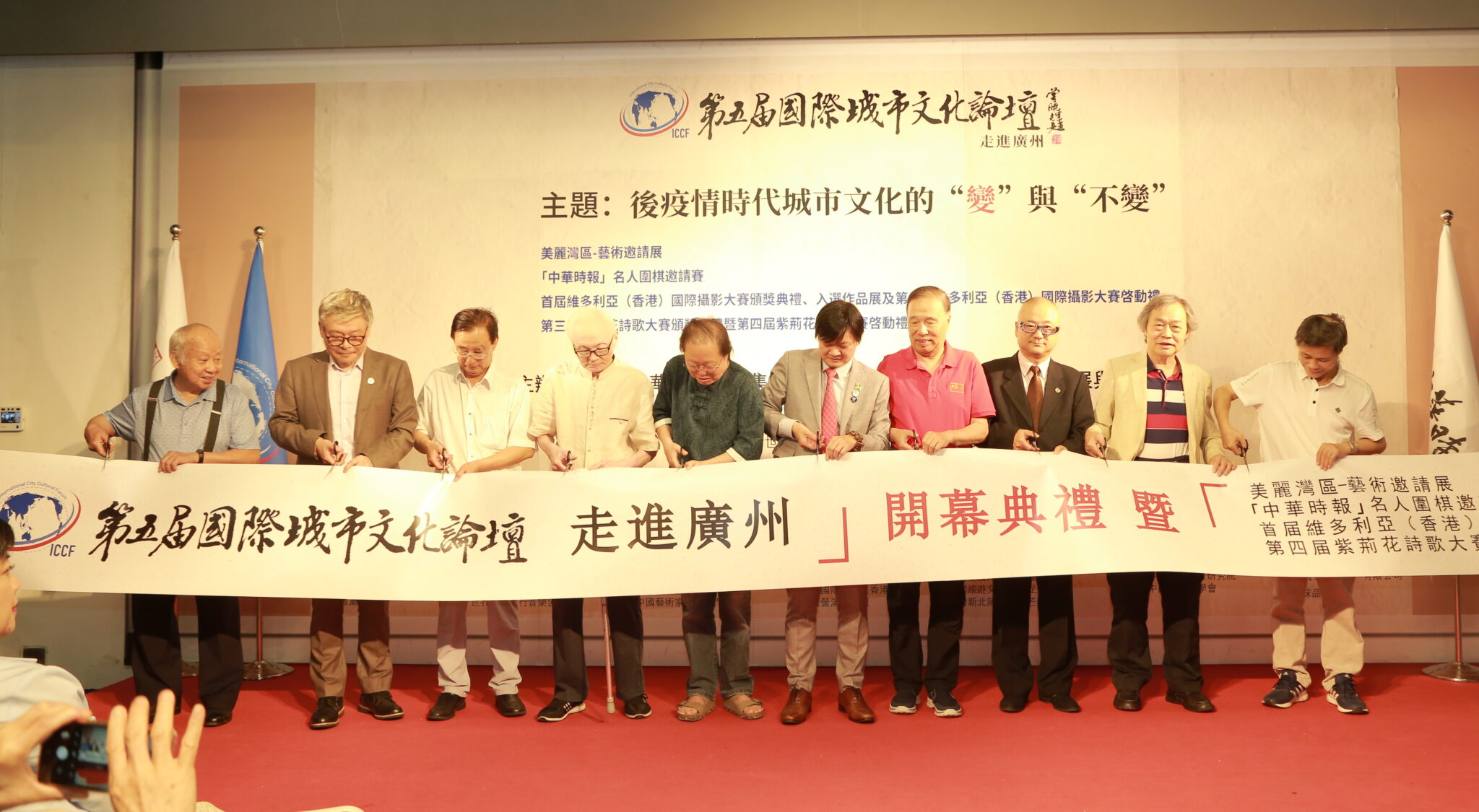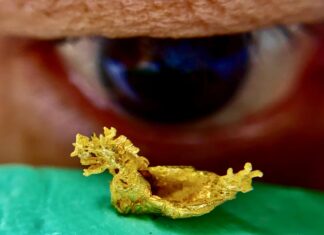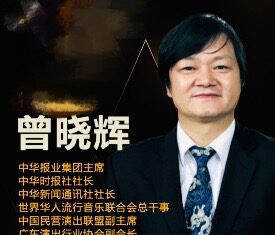With the successful development of the Jiuzhang 3.0 quantum computer prototype, which makes use of 255 detected photons, China continues to hold a world-leading position in the field of quantum computer research and development, lead scientists for the program told the Global Times on Wednesday.
The research team, composed of renowned quantum physicists Pan Jianwei and Lu Chaoyang from the University of Science and Technology of China in collaboration with the Shanghai Institute of Microsystem and Information Technology under the Chinese Academy of Sciences and the National Parallel Computer Engineering Technology Research Center, announced the successful construction of a 255-photon-based prototype quantum computer named Jiuzhang 3.0 early Wednesday morning.
The quantum computing feat accomplished by the team of talents achieves a speed that is 10 quadrillion times faster in solving Gaussian boson sampling (GBS) problems compared with the world's fastest supercomputers.
According to a press release Pan's team provided to the Global Times on Wednesday, this achievement has once again "renewed the world record in the field of optical quantum information technology, solving the mathematical problem of Gaussian boson sampling 10 quadrillion times faster than the current fastest supercomputer in the world, taking an important step toward the development of quantum computers."
The study was published online in the journal Physical Review Letters early Wednesday morning.
Meanwhile, according to the publicly disclosed optimal algorithm, the speed of Jiuzhang 3.0 in processing Gaussian boson sampling is one million times faster than its predecessor, the 133-photon-based Jiuzhang 2.0. Jiuzhang 2.0 could calculate the most complex sample in 1 microsecond, while the current fastest supercomputer Frontier would take more than 20 billion years to do the same calculation, according to the press release.
Lu Chaoyang, a key member of the research team, explained that quantum computing is specially designed for solving highly complicated calculations while the simpler calculations are the job of regular computers. This is why the comparison was made between the Jiuzhang 3.0 and supercomputers.
Currently, the prototype is used for calculation of graph theory related problems and in the future it will also be used in the field of material design, Lu told the Global Times on Wednesday.
According to the scientist, developing quantum computers is one of the biggest challenges at the forefront of current world technology. During Jiuzhang's research and development, scalable quantum control technology has been developed, providing a technical foundation for the development of fault-tolerant universal quantum computers.
"This paves the way for universal quantum computers, which is estimated by the academic community to be achieved in 10-15 years, said Lu.
In 2021, the team led by Pan developed the 133-photon-based Jiuzhang 2.0 and a 66-qubit programmable superconducting quantum computing system named Zuchongzhi 2.1, making China the only country to achieve a quantum computational advantage in two mainstream technical routes - one via photonics quantum computing technology and the other via superconducting quantum computing technology.
